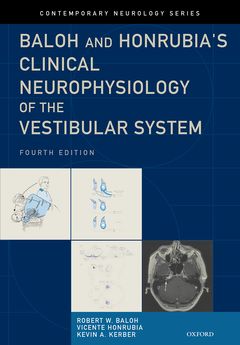
-
R 7,000.00
- EMAIL US
- OUT OF STOCK
- Download Catalogue

This book provides a framework for understanding the pathophysiology of diseases involving the vestibular system. The book is divided into four parts: I. Anatomy and physiology of the vestibular system; II. Evaluation of the dizzy patient; III. Diagnosis and management of common neurotologic disorders; and IV. Symptomatic treatment of vertigo. Part I reviews the anatomy and physiology of the vestibular system with emphasis on clinically relevant material. Part II outlines the important features in the patient's history, examination, and laboratory evaluation that determine the probable site of lesion. Part III covers the differential diagnostic points that help the clinician decide on the cause and treatment of the patient's problem. Part IV describes the commonly used antivertiginous and antiemetic drugs and the rationale for vestibular exercises. The recent breakthroughs in the vestibular sciences are reviewed. This book will helpful to all physicians who study and treat patients complaining of dizziness.

The specification in this catalogue, including without limitation price, format, extent, number of illustrations, and month of publication, was as accurate as possible at the time the catalogue was compiled. Due to contractual restrictions, we reserve the right not to supply certain territories.